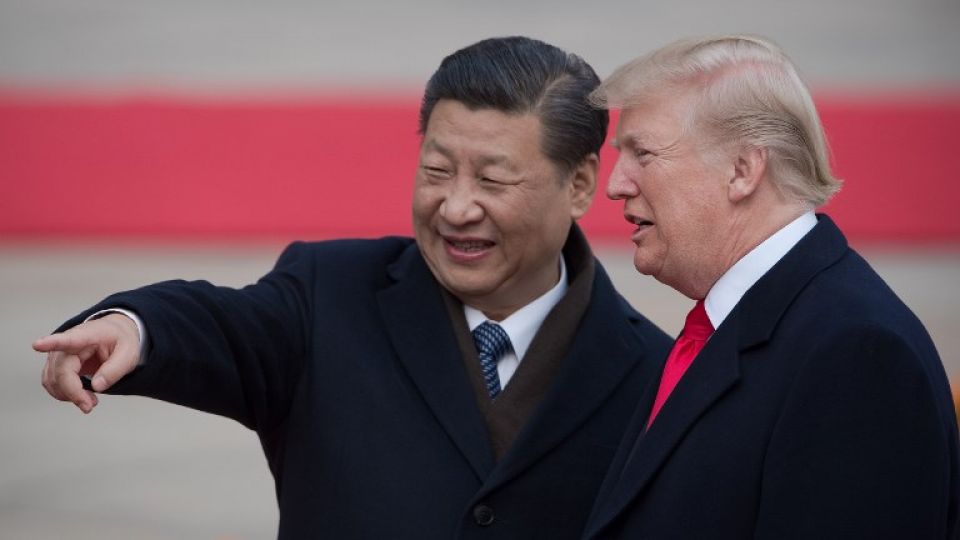October 5, 2018
Complementary nature of economies remains despite frictions, experts say.
The rising rivalry between China and the United States will not change the overall picture of the two nations’ economic complementarity, according to Long Guoqiang, vice-president of the Development Research Center of the State Council.
Recent trade frictions will inevitably affect the healthy development of Sino-US economic and trade relations in the short term; however, the relationship will continue to deepen in the long term despite trade frictions, Long said in a recent interview.
“As the two largest economies in the world, China and the US are complementary in terms of industrial structures, technologies and resources,” Long said. “The governments should create a better environment for bilateral cooperation, which will offer substantial and potential benefits for both sides. I believe that with eventual consultation and negotiation to address the concerns of both, Sino-US economic and trade relations will rise to a higher level in both scale and content after 10 years.”
China-US trade tensions have been mounting over the past several months. In late September, additional US levies on $200 billion worth of Chinese goods came into force, followed by Beijing’s tariffs on about $60 billion worth of US imports.
Long reiterated that in order to mitigate the protectionist moves of the US, China was left with no choice but to take countermeasures.
“To safeguard its national dignity and interests, China has to take countermeasures. The Chinese government has been quite restrained and has never thought of taking the initiative to fuel the escalation of trade frictions,” Long added.
He said that China’s main strategy now is to resolve the two sides’ concerns through equal negotiations and then promote the healthy development of Sino-US economic relations and trade.
Long said the Sino-US economic and trade relationship had encountered headwinds in the past few decades, but their comprehensive and mutually beneficial ties remained unchanged because their bilateral cooperation is complimentary.
The white paper titled The Facts and China’s Position on China-US Trade Friction said the two countries are at different stages of development and have different economic systems, and therefore some level of trade friction is only natural. “The key, however, lies in how to enhance mutual trust, promote cooperation and manage differences.”
Both have made tremendous efforts over the past 40 years to overcome all kinds of obstacles and move economic and trade relations forward, which has served as the ballast and propeller of the overall bilateral relationship, according to the white paper.
According to a US-China Business Council report, 97 per cent of surveyed US companies reported their China operations were profitable this year.
It found China remains among the top priority markets for 90 per cent of those US companies. Most plan to maintain or accelerate their resource commitment to China in the coming year.
Erin Ennis, senior vice-president of the council, said: “The issues in the bilateral relationship are difficult ones, but they are solvable. Solutions will require detailed negotiations to address the problems — but it will be worth the time and effort for both economies, and for both American and Chinese companies.”


